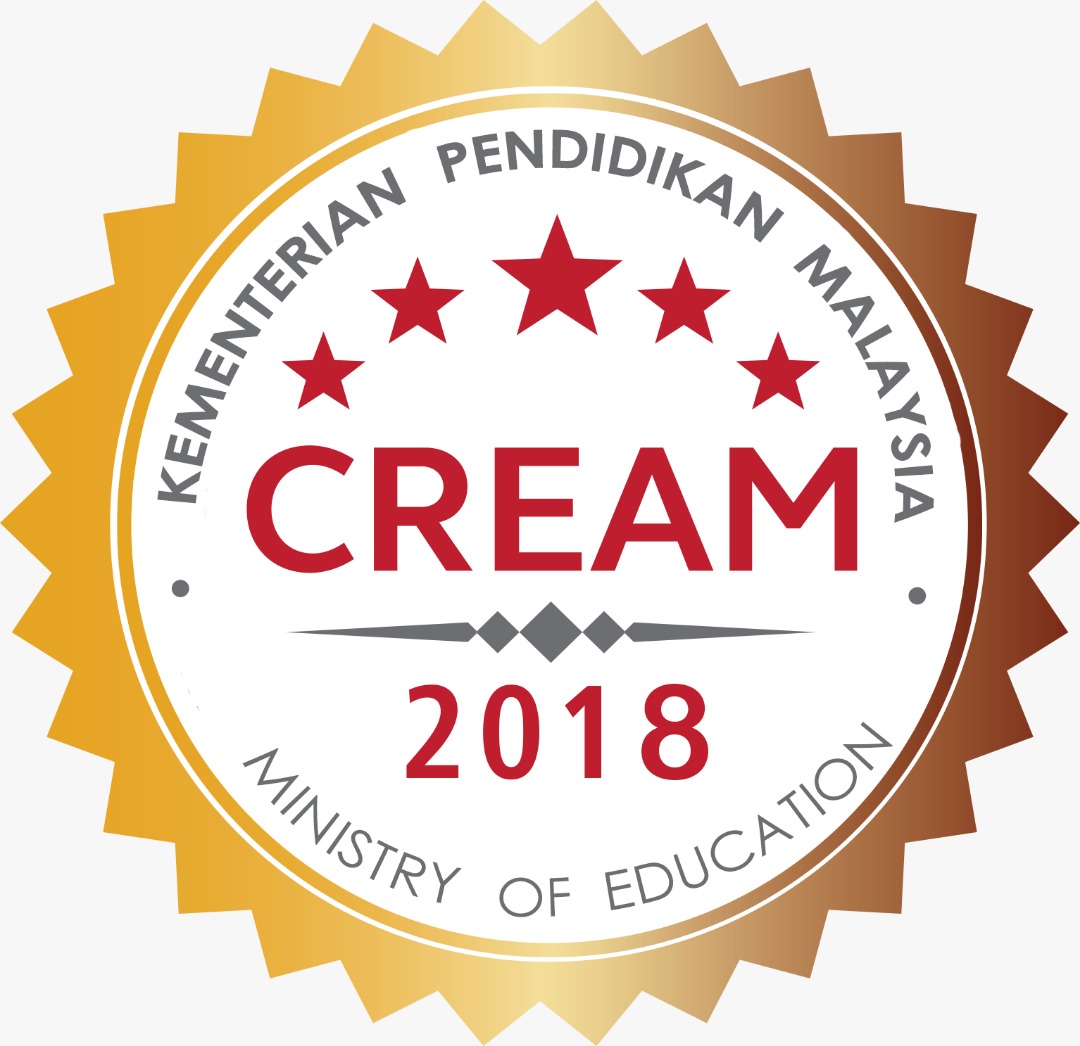Oil Sector Performance and Nigerian Macroeconomic Variables
DOI:
https://doi.org/10.31436/ijema.v28i1.700Keywords:
Oil sector, Macroeconomic variables, Gross Domestic Product, Exchange rate, Foreign Direct InvestmentAbstract
Nigeria as an oil exporting mono-economy is vulnerable to world oil prices fluctuations. About10 percent of GDP and 86 percent of the government’s export revenues come from the oil and gas sector. The study assessed the impact of the Nigerian oil sector performance on the macroeconomic variables between 1980 and 2017 in light of this overdependence. It carried out pre-estimation tests namely descriptive statistics in order to understand the nature of the variables. The Augmented Dickey Fuller and Phillip Perron tests were also deployed to determine stationarity level of the variables. The long-run co-integration test was conducted after determining the optimal lag. The Error Correction model technique was applied to determine the possible existence of short-run relationship among the variables. The Toda Yamamoto modified Wald’s test was employed in order to know the direction of causality. The Impulse Response Function together with other post-estimation tests was also used. The result showed a uni-causality direction from oil revenue in the direction of all the macroeconomic variables. It also revealed significant positive long run relationship between the oil sector and both GDP and unemployment. The other variables were however inversely associated. The study recommended that the government of Nigeria take diversification more seriously, besides investing in refinery acquisition and management.
References
Adeleke O., H. Ngalawa, and A. Kutu. “Crude Oil Price Shocks and Macroeconomic Performance in Africa’s Oil-Producing Countries.†Cogent Economics & Finance 7, no.1 (2019): 16-31.
Ahuru, R.R., and U.E. James. “Macroeconomics of Oil Price Volatility.†Journal of Research in National Development 13, no. 1 (2015): 253-63.
Akpan, E. “Oil Price Shocks and Nigeria's Macro Economy.†Journal of Economics 4, no. 2 (2009): 1-25.
Aktas, E., Ç.Özenç, and A. Feyza.“The Impact of Oil Prices in Turkey on Macroeconomics.†MPRA Paperno. 8658, University Library of Munich, Germany, 2010. https:// mpra.ub.uni-muenchen.de/8658/
Al-Rasasi, M., and M. Yilmaz. “Effects of Oil Shocks on Turkish Macroeconomic Aggregates.†International Journal of Energy Economics and Policy, Econjournals 6, no. 3 (2016): 471-6.
Alhassan A., and A.A. Kilishi. “Analysing Oil Price- Macroeconomic Volatility in Nigeria.†CBN Journal of Applied Statistics 7, no. 1 (a) (2016): 1-22.
Apere, O., and A. Ijomah. “Macroeconomic Impact of Oil Price Levels and Volatility in Nigeria.†International Journal of Academic Research in Economics and Management Sciences 2, no. 4 (2013): 15-25.
Auty, Richard M., and Raymond F. Mikesell. Sustainable Development in Mineral Economies. Oxford, UK: Oxford University Press, 1998.
Breusch, T.S. “Testing for Autocorrelation in Dynamic Linear Models.†Australian Economic Papers 17 (1978): 334-55.
Budina, N., G. Pangand, and S. Van Wijnbergen. “Nigeria’s Growth Record: Dutch Disease or Debt Overhang?†World Bank Policy Research Working Paper no. 4256 (2007) June.
Chikwe, G., C. Ujah, and C. Uzoma. “The Effect of Oil Price on Nigerian Macroeconomic Variables.†International Journal of Managerial Studies and Research 4, no. 11 (2016): 13-20.
Corden, W.M. “Boom Sector and Dutch Disease Economics: Survey and Consolidation.†Oxford Economic Papers 36, no. 3(1984): 359-80.
Cunado, J., and F. Pérez de Gracia. “Oil Prices, Economic Activity and Inflation: Evidence for Some Asian Countries.†The Quarterly Review of Economics and Finance 45, no. 1 (2005): 65-83.
Dornbusch, R. “Expectations and Exchange Rate Dynamics.†Journal of Political Economy 84, no. 6 (1976): 1161-76.
Dogah, E. “The Impact of Oil Price Shocks on the Macroeconomy of Ghana.†Journal of Poverty, Investment and Development 9, no. 1 (2015): 37-54.
Dogrul, H.G., and U. Soytas. “Relationship between Oil Prices, Interest Rate, and Unemployment: Evidence from an Emerging Market.†Energy Economics 32, no. 6 (2010): 1523-8.
Durbin, J., and G.S. Watson. “Testing for Serial Correlation in Least Squares Regression, II.†Biometrika 38 no. 1 (1951): 159-79.
Francisco, C. “Oil Price Shocks and their Effects on Economic Activities and Prices: An Application for Portugal.†The Quarterly Review of Economics and Finance 2, no. 1 (2016): 39-48.
Frankel, J.A. “On the Mark: A Theory of Floating Exchange Rates Based on Real Interest Differentials.†American Economic Review 69, no. 4 (1979): 610-22.
Friedman, M. “The Quantity Theory of Money: A Restatement.†In Studies in the Quantity Theory of Money, Chicago. Reprinted in The Optimum Quantity of Money (1956): 51-67.
______.“The Role of Monetary Policy.†American Economic Review 58, no. 1 (1968): 1–17.
Godfrey, L.G. “Testing Against General Autoregressive and Moving Average Error Models when the Regressors Include Lagged Dependent Variables.†Econometrica 46 (1978): 1293-301.
Gómez-Loscos, A. “The Impact of Oil Price Shocks on the Spanish Economy.†Energy Journal 49, no. 4 (2011): 1-37.
Gutiérrez, C.E.C., C.R. Souza, and G.O. Teixeira de Carvalho. “Selection of Optimal Lag Length in Cointegrated VAR Models with Weak form of Common Cyclical Features.†Brazilian Review of Econometrics 29 no. 1 (2009): 59-78.
Gunmi, U.M., A.I. Buhari, and A.M. Muhammed. “Oil Price Fluctuation and Economic Growth in Nigeria (Evidence from Granger Causality Test).†Australasian Journal of Science 3, no. 1 (2017): 1-16.
Izatov, A. “The Role of Oil Prices, Real Effective Exchange Rate and Inflation in Economic Activity of Russia: An Empirical Investigation.†Journal of Economics and Behavioral Studies 2, no. 1 (2015): 1-26.
Jhingan, M.L. The Economics of Development and Planning. (38th ed.), New Delhi: Vrinda Publications, 2005.
Jiménez-RodrÃguez, R., and M. Sanchez. “Oil Price Shocks and Real GDP Growth: Empirical Evidence for some OECD Countries.†Applied Economics 37, no. 2 (2005): 201-28.
Johansen, S. “Statistical Analysis of Cointegration Vectors.†Journal of Economic Dynamics and Control 12, no. 2/3 (1988): 231-54.
______. “Estimation and Hypothesis Testing of Cointegration Vectors in Gaussian Vector Autoregressive Models.â€Econometrica 59, no. 6 (1991): 1551-80.
Khalid, A., and B. Ahmed. “Decomposing the Links Between Oil Price Shocks and Macroeconomic Indicators: Evidence from SAARC Region.†Resources Policy 3, no. 1 (2017): 1-11.
Liew, V. “Which Lag Length Selection Criteria Should We Employ?†Economics Bulletin 3, no. 33 (2004): 1-9.
Mahmoodi, A. “Oil Price Reduction Impacts on the Iranian Economy.†Journal of Iranian Energy Economics 35, no. 2 (2017): 353-74.
Mehlum, H., K. Moene, and R. Torvik. “Cursed by Resources or Institutions?†The World Economy 29, no. 8 (2006): 1117-31.
Muhammad, U., and K. Malik. “Oil Price Shock and its Impact on the Macroeconomic Variables of Pakistan.†International Journal of Energy Economics and Policy 7, no. 5 (2017): 83-92.
______, R. M. Nawaz, and M. Qayyum. “Impact of Oil Price Volatility on Macroeconomic Variables (A Case Study of Pakistan).†Journal of Asian Business Strategy 1, no. 2 (2015): 16-21.
Narayan, P., and S. Narayan. “Modelling Oil Price Volatility.†Energy Policy 35 (2007): 6549-53.
Nchor, D., K. Václav, and A.Václav. “Effects of Oil Price Shocks on the Ghanian Economy.†Acta Universitatis Agriculturae et Silviculturae Mendelianae Brunensis 64, no. 1 (2016): 315-24.
Nguyen, T., and N. Tran. “The Impact of Oil Price on the Growth, Inflation, Unemployment and Budget Deficit of Vietnam.†International Journal of Energy Economics and Policy 7, no. 3 (2017): 42-9.
Nweze, P., and G. Edame. “An Empirical Investigation of Oil Revenue and Economic Growth in Nigeria.†European Scientific Journal 12, no. 25 (2016): 271-94.
Ochoche, A. “The Effects of Oil Price Volatility on Some Macroeconomic Variables in Nigeria: Application of GARCH and VAR Models.†Journal of Statistical Science and Application 3, no. 5 (2015): 74-84.
Okun, M. Potential GNP, Its Measurement and Significance, Cowles Foundation: Yale University, 1962. http://cowles.econ.yale. edu/P/cp/p01b/p0190.pdf
Olanipekun, D. “Oil Price Shocks, Exchange Rate and Nigeria's Economy.†International Journal of Economics, Commerce and Management 4, no. 8 (2016): 254-70.
Olomola, A., and V. Adejumo. “Oil Price Shock and Macroeconomic Activities in Nigeria.†International Research Journal of Finance and Economics 2, no. 3 (2006): 28-34.
Oloruntuyi, A., and S.Ogunsakin. “Oil Price Volatility and Volatility and Macroeconomic Performance in Nigeria.†International Journal of Education and Research 8, no. 3 (2017): 59-79.
Oriakhi, D.E., and I.D. Osaze. “Oil Price Volatility and its Consequences on the Growth of the Nigerian Economy: An examination (1970-2010).†Asian Econ. Fin. Rev. 3 (2013): 683-702.
OPEC (2018). “Nigeria Facts and Figures.†https://www.opec.org/ opec_web/en/about_us/167.html.
Prachowny, M.F.J. “Okun's law: Theoretical Foundations and Revised Estimates.†The Review of Economics and Statistics 75, no. 2 (1993): 331-6.
Phillips, A.W. “The Relation between Unemployment and the Rate of Change of Money Wage Rates in the United Kingdom (1861–1957).†Economica 25, (1958): 283-99.
Phelps, E. S. “Phillips Curves, Expectations of Inflation and Optimal Unemployment over Time.†Economica 34, no. 135 (1967): 254-81.
PWC. Nigeria’s Economic Recovery 2017. https://www.pwc.com/ng /en/publications /nigerias-economic-recovery.html.
Riadh, F., and F. Arafet. “Macroeconomic Impacts of Oil Price Shocks on Inflation and Exchange Rate: Evidence From Selected MENA Countries.†Research Journal of International Studies 24, no. 3 (2016): 1-14.
Salisu, A.A.,andI.O. Fasayan. “Modelling Oil Price Volatility with Structural Breaks.†Energy Policy 52 (2013): 554-62.
Sibanda, K. “The Impact of Oil Prices on the Exchange Rate in South Africa.†Journal of Economics 5, no. 2 (2014): 193-9.
Sögner, L. and A. Stiassny. “An Analysis on the Structural Stability of Okun’s Law: A Cross-Country Study.†Applied Economics 14 (2002): 1775-87.
Stockman, A.C. “A Theory of Exchange Rate Determination.†Journal of Political Economy 88, no. 4 (1980): 673-98.
Tochukwu, T. and D. Tewari. “The Relationship Between Oil Price Volatility and Macroeconomic Variables in Nigeria.†Journal of Economics and Behavioral Studies 9, no. 6 (2017): 237-51.
Toda, H.Y., and T. Yamamoto. “Statistical Inference in Vector Autoregressions with Possibly Integrated Processes.†Journal of Econometrics 66 (1995): 225-50.
White, H. “A Heteroskedasticity-Consistent Covariance Matrix Estimator and a Direct Test for Heteroskedasticity.†Econometrica 48, no. 4 (1980): 817–38.
Villaverde, J. and A. Maza. “The Robustness of Okun's Law in Spain, 1980-2004 Regional Evidence.†Journal of Policy Modeling 31 (2009): 289-97.
World Bank Nigeria Bi-Annual Economic Update: Fragile Recovery no. 1. (2017) 1 – 49 file:///C:/Users/PROFON~1/AppData/Lo cal/Temp/114996-WP-P163291-PUBLIC-NEUNoFinalfromP ublisher.pdf documents.worldbank.org › curated › pdf › 114996-WP-P163291-PUBLI...
Xunpeng, S., and S. Sizhong. “Oil Price Shocks and Macroeconomy in China and India.â€Applied Economics 1, no. 2 (2010): 1-3.








